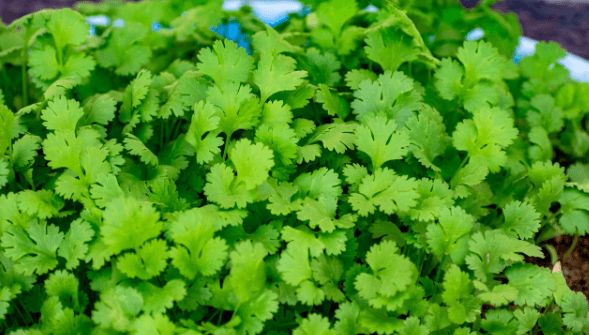wellhealthorganic.com : coriander-leaves-5-best-health-benefits

wellhealthorganic.com : coriander-leaves-5-best-health-benefits , Coriander is a spice that has a distinctive flavour and aroma. It is used in cooking and as a medicine in different ways. The most common way to eat coriander leaves is in salads. But it can be added to different dishes such as curries, soups, rice, lentil, beans and pasta. Its fresh leaves are available during winter and are commonly used in Indian food. The best part about Coriander leaves is its health benefits. Coriander leaves are one of the most well-known spices used in cooking, but did you know that it is not only great for flavour but can also have amazing health benefits? It is well-known as an antioxidant, anti-inflammatory, and anti-fungal agent.
How Coriander leaves help in weight loss?
wellhealthorganic.com : coriander-leaves-5-best-health-benefits , While many people are familiar with the health benefits of the spice coriander, some may need to be made aware of another of its many benefits. Coriander leaves are known to have anti-inflammatory properties, which makes them a powerful natural weight-loss aid. They help reduce abdominal fat, thereby making it easier to lose weight. They are also great for treating constipation, which can be an issue if you lose weight. Studies have shown that a high-fibre diet can help reduce constipation while adding coriander leaves will help keep things moving through the digestive system.
How Coriander leaves protect against cancer?
It’s a fact that eating spices increase your life span, but you can’t tell this from looking at a typical spice rack in your kitchen. Most of us need to eat the right kinds of spices sufficiently to reap the benefits. Still, scientists at the New York University School of Medicine have discovered that certain spices, especially curcumin (in turmeric) and capsaicin (in peppers), act similarly to prevent cancer development and progression.
How coriander leaves improve digestion?
The digestive system comprises the mouth, oesophagus, stomach, small intestine, large intestine, liver, gall bladder, and pancreas. The first function of digestion is to break down food into smaller and smaller units until they are small enough to be absorbed into the bloodstream. Once the food enters the small intestine, it moves through the intestinal wall in a series of small pockets called villi and eventually ends up in the large intestine. There, a second group of cells absorbs the nutrients and delivers them to the circulatory system. When digestion works properly, the nutrients are delivered into the bloodstream, providing energy for the body.
How Coriander leaves protect against diabetes?
A team of Indian researchers conducted a study to determine if coriander leaves could help treat diabetes. The group of 20 people took either two tablespoons of coriander leaves or water three times a day for two weeks. They measured the blood sugar in each participant before, during and after the experiment. The result? During the two weeks of use, the coriander leaf users dramatically decreased their blood sugar levels. They concluded that coriander leaves help to maintain normal blood glucose levels.
Conclusion
In conclusion,wellhealthorganic.com : coriander-leaves-5-best-health-benefits , Coriander leaves are full of fibre and Vitamin C and can be consumed as a vegetable or salad dressing. In addition to improving digestion, coriander leaves also reduce high blood pressure and cholesterol. It has been suggested that coriander leaf tea reduces body fat. Also, coriander leaves contain antioxidants, flavonoids and polyphenols, which prevent diseases. Coriander leaves also improve vision, skin and hair. Coriander leaves are among the most versatile herbs known for their culinary uses. It has been widely used in Indian and Pakistani cuisines. However, recent research has highlighted the amazing health benefits of this leafy herb. It is a potent source of antioxidants, vitamins, minerals, fibre, anti-inflammatory properties, cholesterol-reducing abilities, and more.
FAQs
1. What’s the difference between coriander leaves and coriander seeds?
Coriander leaves are the green parts of the plant, while the seeds are the dried brown part.
2. What are coriander leaves used for?
Coriander leaves are used in many dishes. They are a good source of fibre and can help lower cholesterol.
3. Can I use coriander leaves as a substitute for ginger?
No, coriander leaves are not a good substitute for ginger.
4. What does coriander look like?
It looks like the leaves of a cilantro plant.





